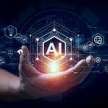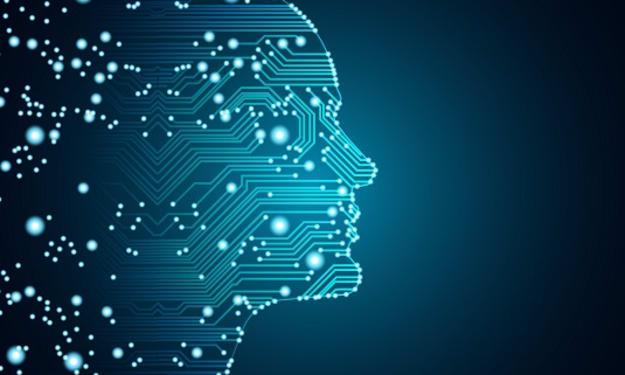First, what is AI?
According to Oxford Dictionary, AI is “the theory and development of computer systems able to perform tasks normally requiring human intelligence, such as visual perception, speech recognition, decision-making, and translation between languages.” Each time we design a computer system capable of learning autonomously based on input data and producing human-like output, we speak of AI. There are several critical AI technologies you should know about: The first is symbolic reasoning (Symbolic AI)—popular from the 1950s to the 80s. Today, it’s frequently referred to as “good-old-fashioned artificial intelligence.” It represents problems via symbols and then solves them by manipulating the symbols.
symbolic AI Example
For instance, if we have two facts represented symbolically as "All men are mortal" and "Socrates is a man," a symbolic AI could use these to deduce a new attribute: "Socrates is mortal." The AI can infer this conclusion without additional information about who Socrates was or what it means to be mortal or a man. Then,
Machine learning
the next fundamental evolution in the field of AI was Machine Learning. Whose major expansion occurred in the 1990s. ML relies on complex algorithms and statistical models to find patterns in data and learn from them—allowing the machine to become better at the execution of tasks over time. We can distinguish between supervised, unsupervised, and reinforcement learning in machine learning. If you want to learn more about how these types of Machine Learning work, please check out our YouTube video What is Machine Learning.
Deep learning
The next significant advancement includes deep learning in the 2010s—when large-scale annotated datasets became available, and computers were powerful enough to train a deep neural network. Deep learning is a branch of machine learning which emulates the human brain. The model represents an artificial neural network that potentially passes information through several layers, hence ’deep.’ Deep neural network models produce black box’ output. We don’t know what happens inside the model, but we use its output very much like what happens with the human brain. Deep learning models tend to outperform machine learning models with the expense of interpretability.
NLP
Natural Language Processing is an AI discipline focusing on the interaction between computers and humans. The goal is to enable computers to understand human language and potentially generate output in the form of human language that is valuable to users. This is one of the core technologies behind ChatGPT and generative AI in general.
CV
Computer Vision is another important subfield of AI, allowing machines to see and understand the content of images and video. With this space, we have object, image, and facial recognition. To a large extent, this technology enables Tesla and other automakers to build self-driving cars.
Robotics
Finally, we have robotics—another crucial area where we’ll see significant developments in the coming years. Robotics combines engineering and computer science and focuses on the construction and operation of robots. Have you seen videos of the humanoid Tesla Bot? This is a creation in the field of robotics. Ok. Great!
Future of AI
Now that we have described the major types of AI technologies let’s reflect on the present and future of this exciting field. Regarding development, today’s AI sector can be compared to the internet of 1995 to 2001. We’re still in the very early stages of development for most AI applications. We can imagine which fields will be impacted, but we don’t know how all this will be done. Over time, AI models will become exponentially more potent, and many new applications will be introduced. In 2001, no one knew how to ’monetize’ websites or increase corporate productivity using the internet. Today, we can’t imagine living and working without it. Undoubtedly, AI will have a similar impact. We’re just past the stage of Weak AI, which is an AI designed to perform a single task. ChatGPT is one of the first examples of AI that is almost General AI (or Strong AI). This algorithm can understand, learn, and apply knowledge in various tasks as effectively as humans. But humans have yet to create Superintelligent AI that would surpass human intelligence across the most economically valuable work. Presumably, it could outperform humans at nearly every cognitive task. But will we ever get there? I don’t know. But current models will improve significantly, and probability will change to reality.. Should you be nervous or worried about your job? No. But we should embrace the future trends. Ensure you acquire valuable skills that enable you to work hand-in-hand with AI instead of being replaced by it. Our program teaches the foundational skills needed to become a data analyst or data scientist. AI has the potential to exponentially amplify the productivity of those who are ready. Those who don’t possess a valuable skillset are much more likely to be replaced. Expand your knowledge of AI by enrolling in our program. Subscribe and like the channel for more AI and data science content.







Comments
There are no comments for this story
Be the first to respond and start the conversation.